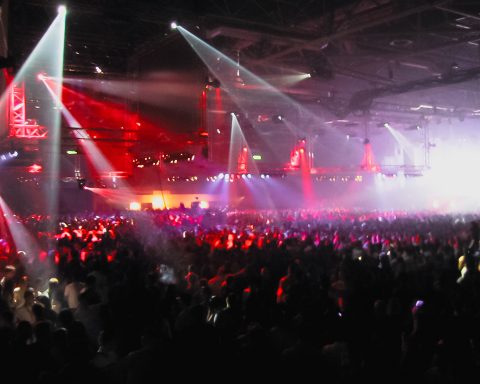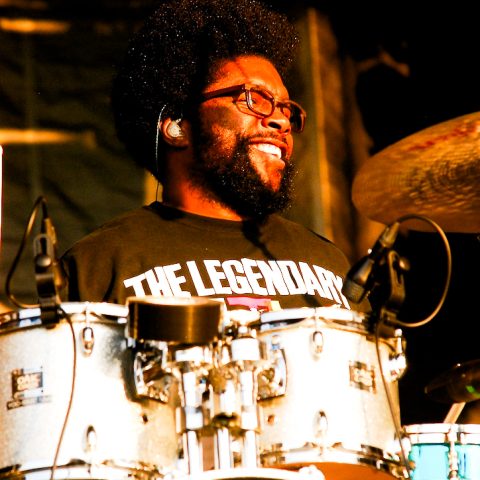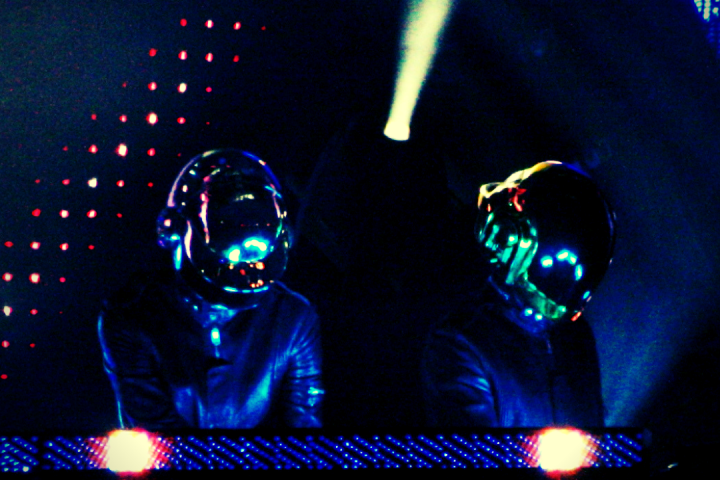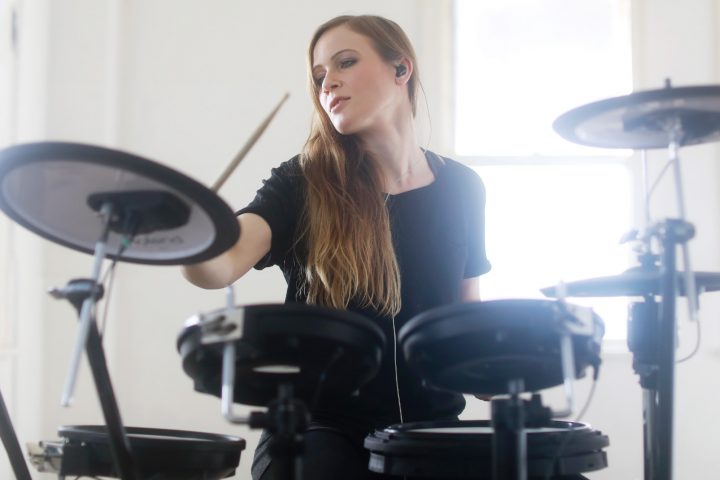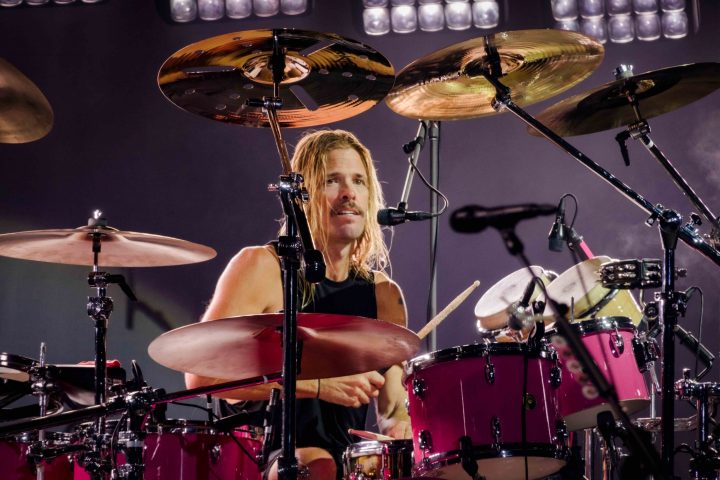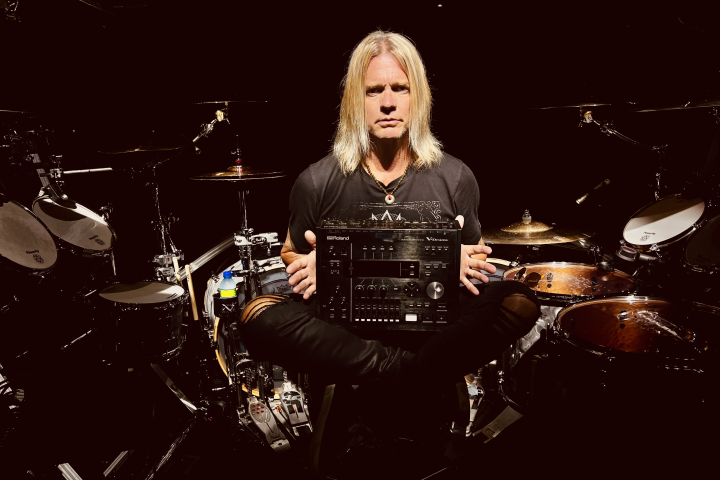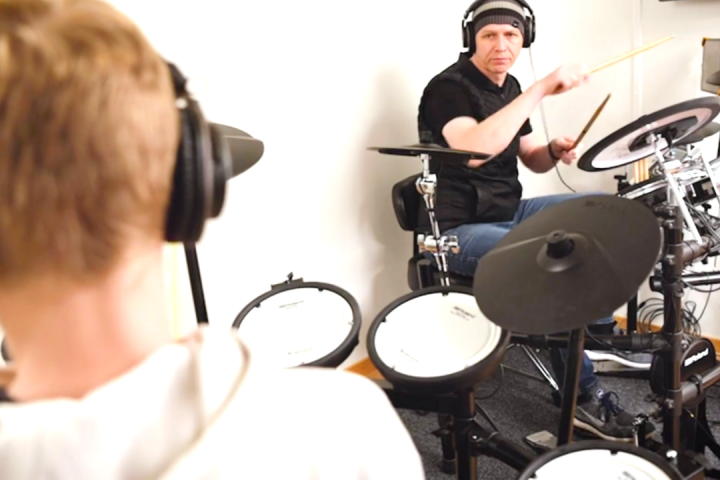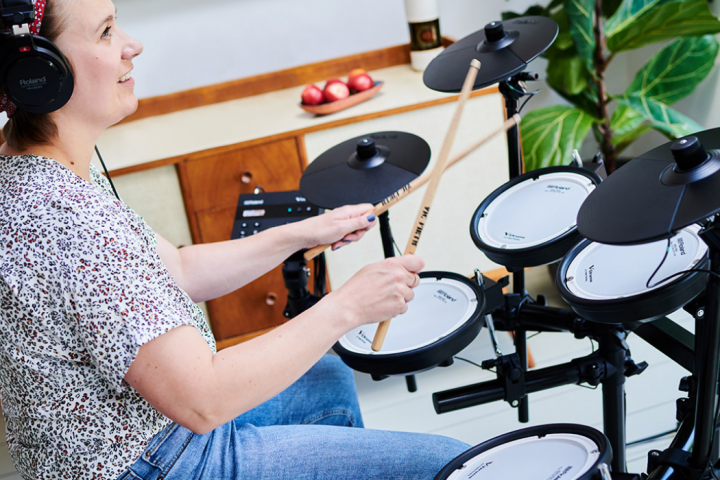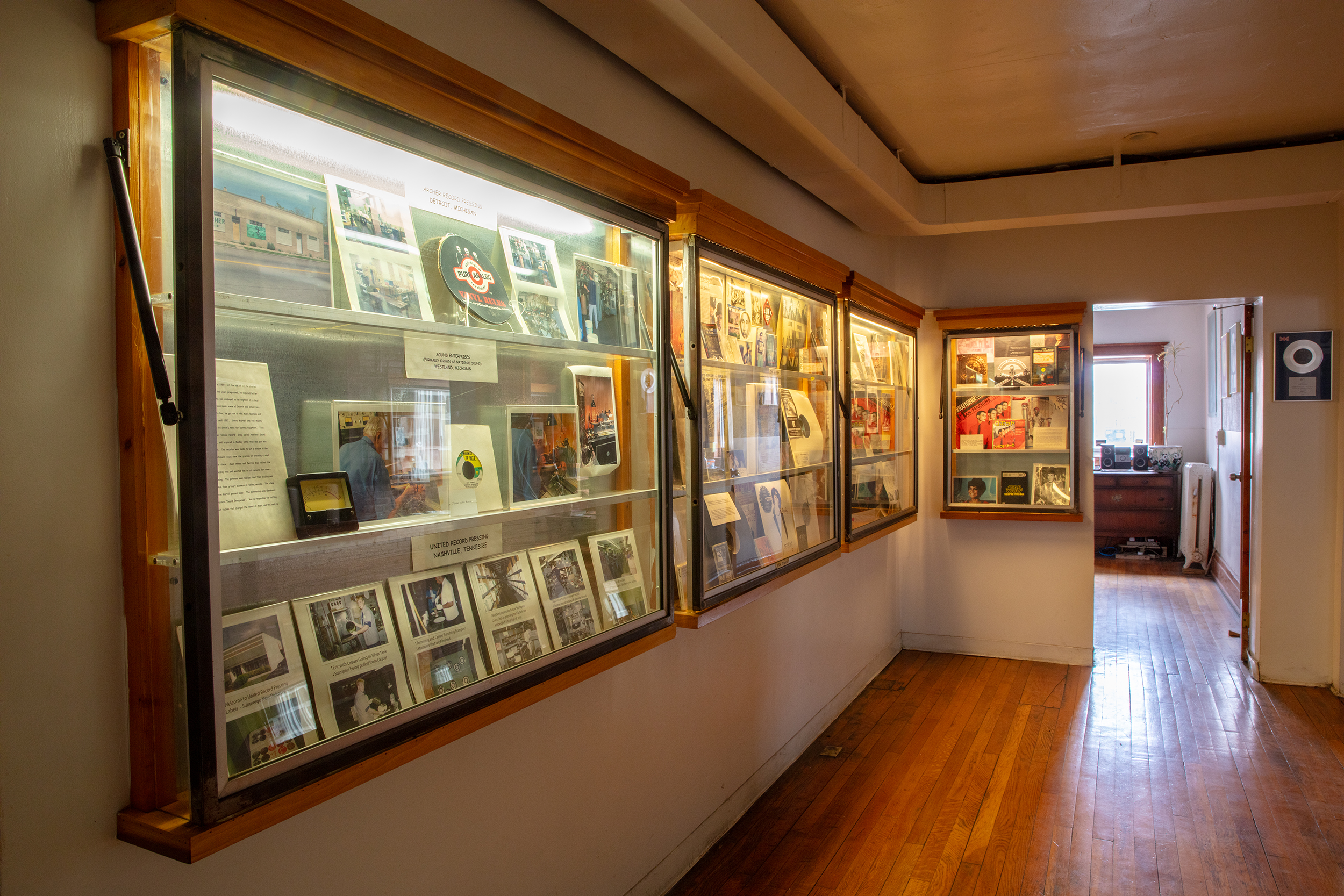
Museum, artist incubator, distro, and record store—Submerge and Underground Resistance represents the interconnected Detroit music community.

These inspiring female producers have left their marks on the music industry and continue to carve space for newcomers.
FEATURES
See All »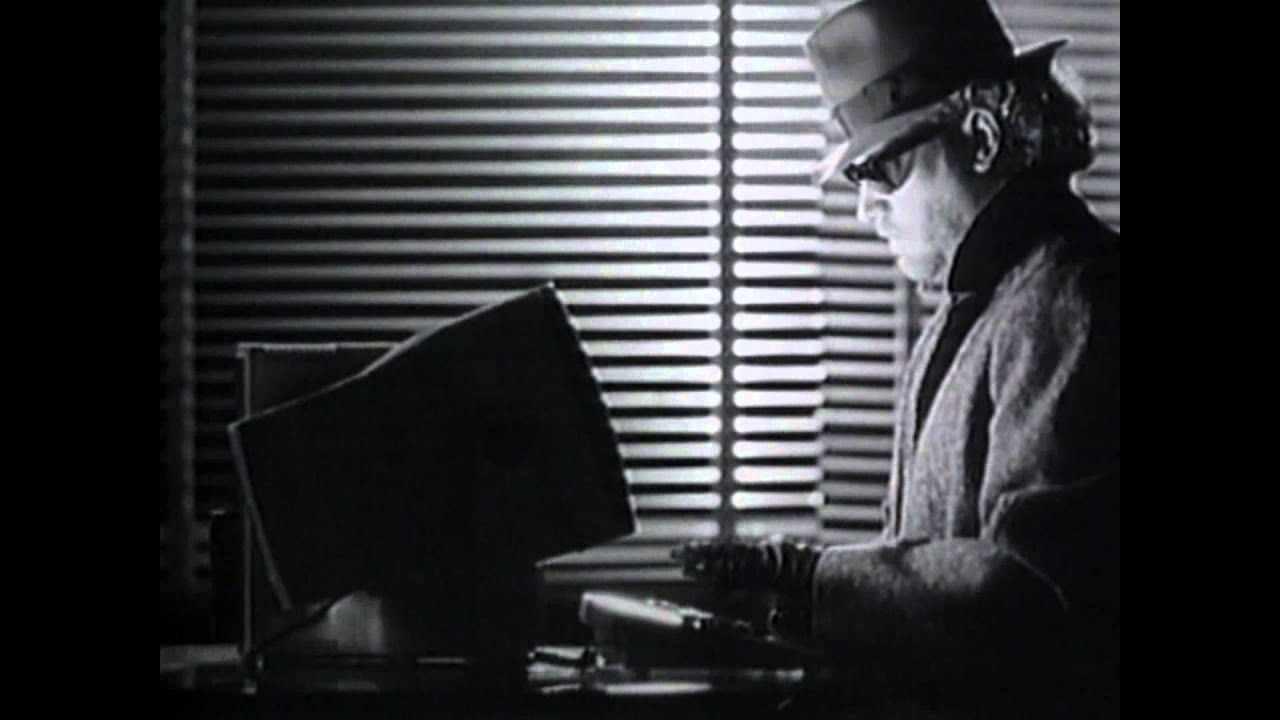
“Axel F” is the inescapable theme song of the classic '80s romp Beverly Hills Cop. Learn about the oddball hit and its pioneering creator.

Social media can reinvigorate vintage hits and help them reach broad new audiences. Here are some classic songs that got a second spin.
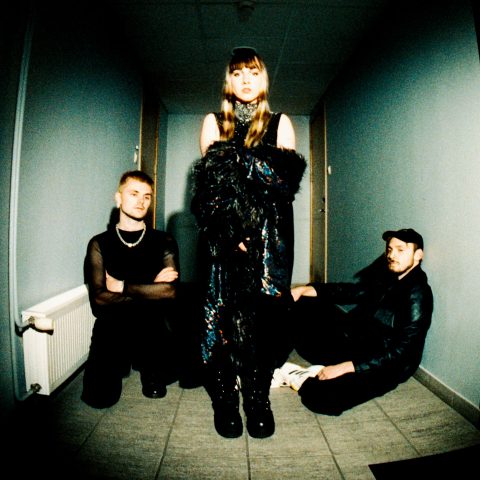
The brainchild of housemates recording late-night jams onto cassette, Night Tapes explains the process behind their atmospheric dream pop.
LISTENING GUIDE

Before hip-hop was the world's most dominant musical genre, several groundbreaking women blazed a fiery trail for others to follow.
Learn
See All »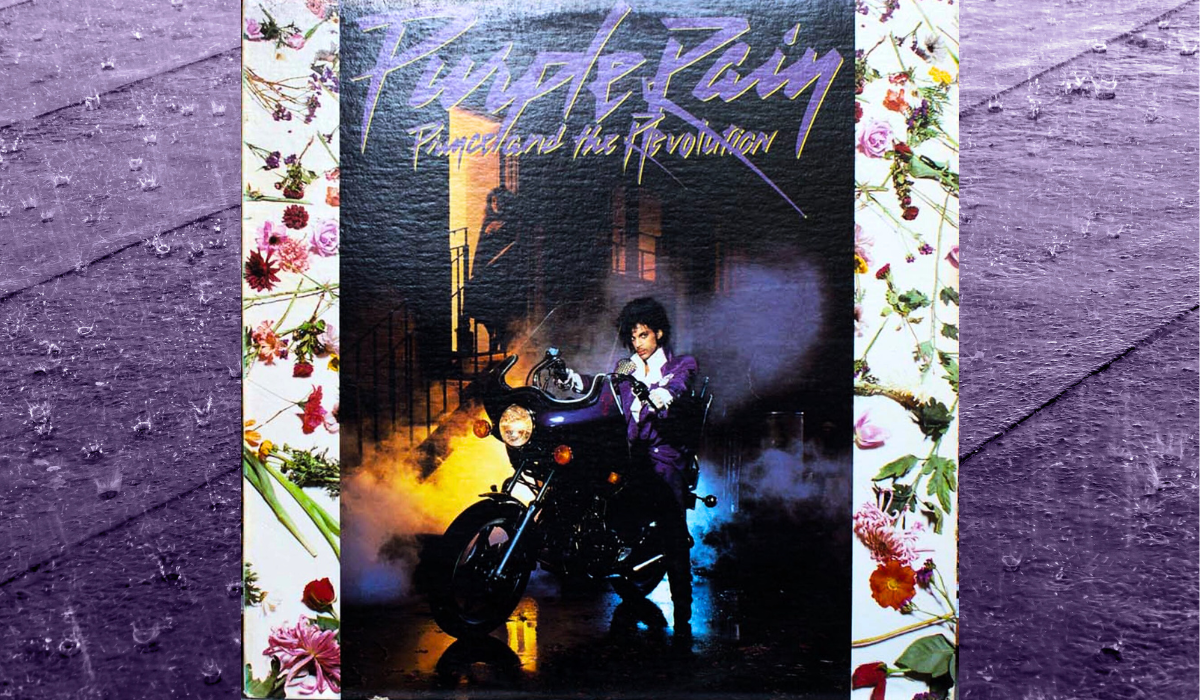
The “Purple Rain” drum parts by Bobby Z. provide a classic example of how to play a power ballad for maximum emotional impact.

The drumming on the eternally funky “Let’s Groove” demonstrates how powerful disco rhythms can make listeners get up and move.
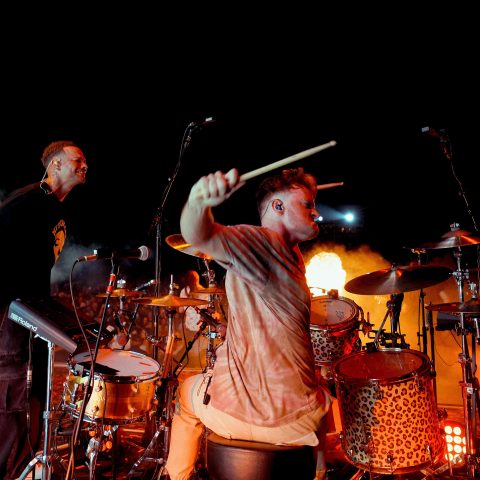
Josh Manuel discusses hybrid drumming and how he uses Roland electronic gear to enhance his performances with Kane Brown.
SOUND BEHIND THE SONG
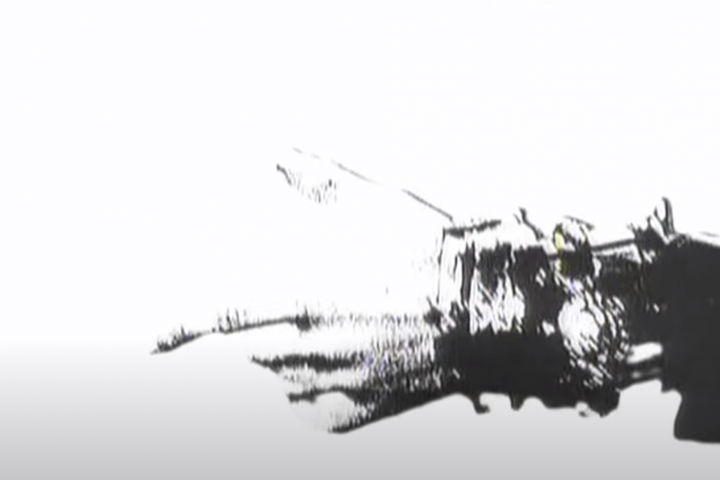
When that muted guitar lick comes in against those TR-707 rimshots, it feels too good not to dance. This is the tale of the INXS classic.

30 years after its release, Joey Beltram’s “Energy Flash” remains one of the definitive techno tracks. It still sits easily in a DJ set.

German DJ/producer Alex Ridha is best known as Boys Noize. His stomping 2010 tech-house track “1010” was built around a modified TR-707.
GAIA 2
SPOTLIGHT

Live electronic music performance creates a unique interaction between performer and listener. Discover how it is both exciting and transformative.
DRUMS
Our Contributors
See All »When Daniel isn't giving tutorials or leading workshops, you can find him spinning at venues around Southern California.
Gino Sorcinelli is the writer, creator, and editor of Micro-Chop, a Substack newsletter that dissects beatmaking, DJing, music production, rapping, and sampling. His articles have appeared on Ableton, HipHopDX, Okayplayer, Passion of the Weiss, Red Bull Music Academy, and Reverb.
Greg Phillips is the editor of Australia’s longest-running musician magazine, Australian Musician. Greg has also worked as a freelance music writer for publications such as Guitar and Bass and Bass Player .
Jessica Roemischer is an award-winning pianist and storyteller, and a beloved teacher. In unique performance events, podcasts, and writings, Jessica uplifts the human spirit through the evocative power of word and music. New York-born and raised, she lives in Sydney, Australia. Find out more at www.pianobeautiful.com.
A FEW MINUTES WITH

One of his generation's most significant synthwave artists, Com Truise looks back at the beginning of his journey and shares what lies ahead.

As co-writer and producer for British alt-rockers The 1975, George Daniel's association with Roland is integral to the band's sound.

California-based DJ Mary Droppinz combines skills and taste with marketing acumen. The rising star shares the secrets behind her success.






